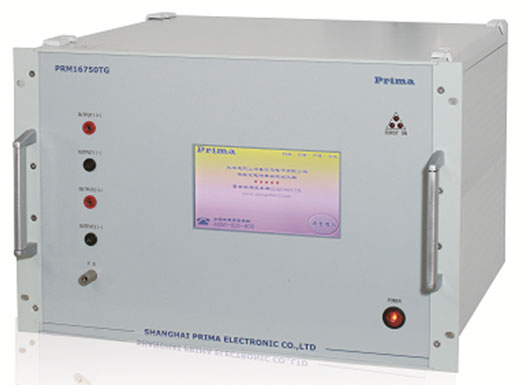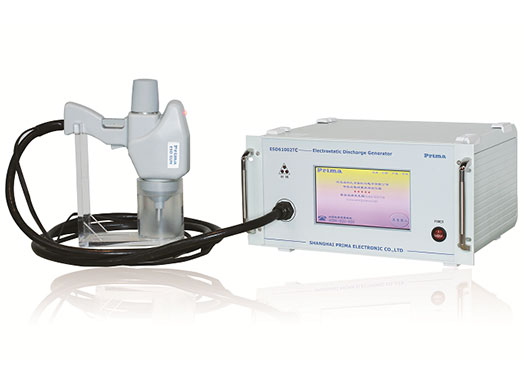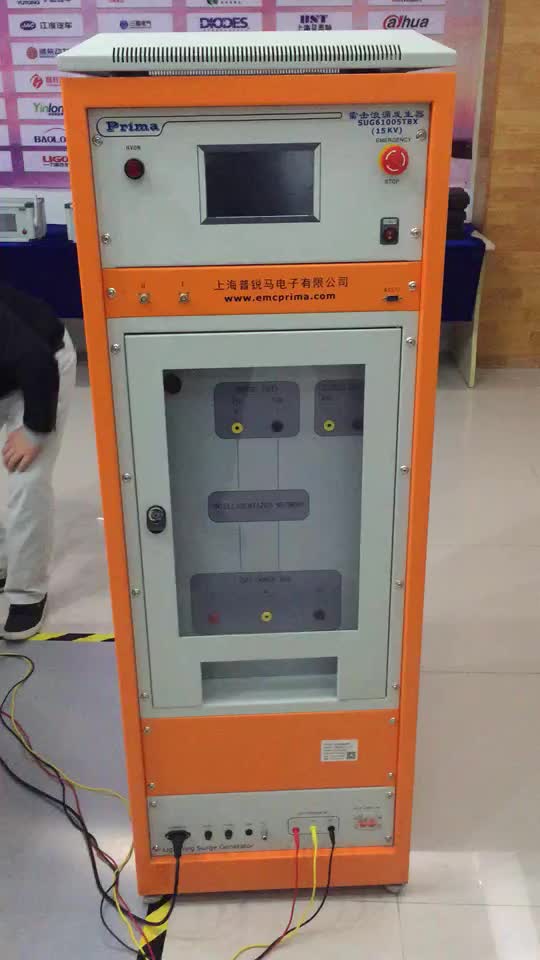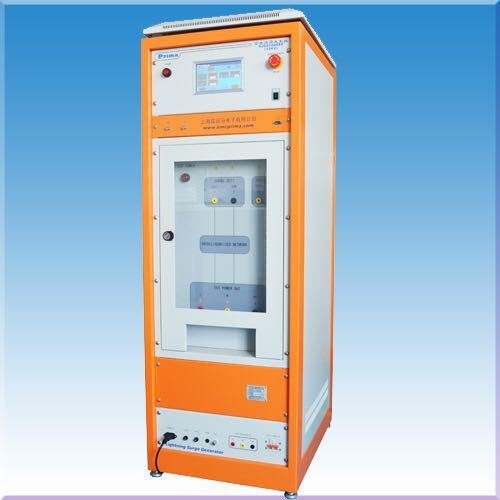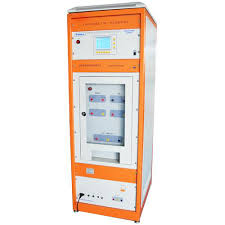Surge Generator Distributor

6KV Surge Simulator 3-Phase CDN- Surge Generator Distributor
Meet EN/IEC61000-4-5 Standards. Output Voltage 0-6KV. Build-in CDN

6KV Surge Simulator SUG61005TB- Surge Generator Distributor
Meet EN/IEC61000-4-5 Standards. Output Voltage 0-6kv
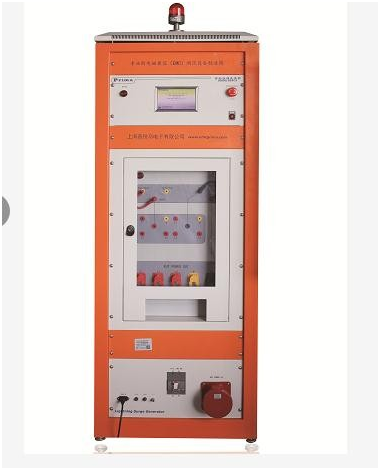
Lightning Surge Generartor SUG61005TBX(20KV- Surge Generator Distributor
Meet EN/IEC61000-4-5 Standards.Output Voltage 0-20KV

20KV ESD Simulator HESD61002TA- Surge Generator Distributor
Meet EN/IEC61000-4-2 Standards. Output Voltage:0-20kv
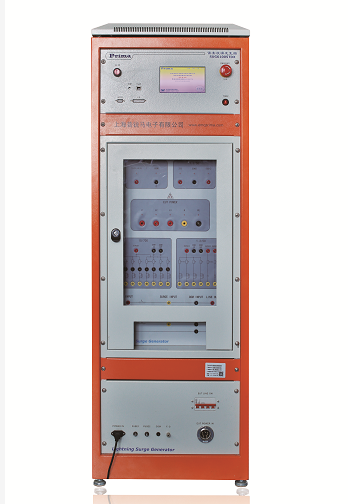
1.2/50&10/700 Combined Waves Surge Simulator
1.2/50&10/700 Combined Surge Simulator
Per EN/IEC61000-4-5 Standard.

EFT&Surge Combined Simulator
Meet EN/IEC61000-4-4 and EN/IEC61000-4-5 Standards. Two Functions In One.


